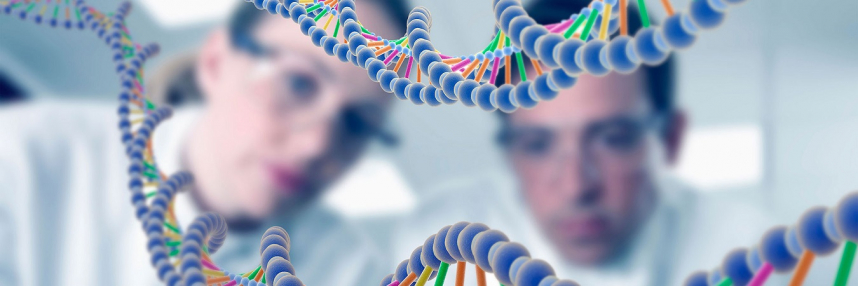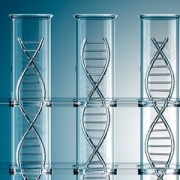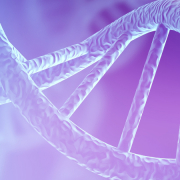Understanding pleiotropy
We explore one of the many phenomena that show genomics to be far more complex than the ‘one gene per characteristic’ rule
Not all genes are created equal. Just as a single characteristic can be influenced by multiple genes, a single gene can influence multiple characteristics – a phenomenon known as pleiotropy.
Pleiotropic genes are those in which variation can cause observable change in two or more body systems that may often appear unrelated at first.
Pleiotropic genes and health
Where a genetic condition affects multiple tissues or organs, this can often be the result of pleiotropy. An example would be Marfan syndrome, which is caused by variation in the FBN1 gene. People with Marfan syndrome tend to be tall with long thin fingers, toes and limbs. They are also, however, prone to a wide variety of symptoms, including heart defects and problems with the eyes and spine.
The FBN1 gene codes for the protein fibrillin-1, which is an important component of the body’s connective tissues. Because these connective tissues are present in so many of the body’s organs, the effects are widespread.
Antagonistic pleiotropy
Not all variants in pleiotropic genes result in multiple negative effects. In what is known as antagonistic pleiotropy, a single variant can be associated with disease while also being associated with positive outcomes elsewhere.
In 2015, a Nature paper argued that a gene variant associated with age-related macular degeneration in Asian populations also confers protection against coronary heart disease. Another paper identifies gene variants, common in populations with sub-Saharan African ancestry, which are associated with fibroproliferative diseases (including asthma, scleroderma and sarcoidosis) but also increase resistance to infection by helminth parasitic worms.
Pleiotropy has many applications in medicine. Some drug side effects could be partially explained by antagonistic pleiotropy: if a gene variant is causing a medical problem in one organ, but has a beneficial or neutral effect elsewhere, then a drug that disrupts its action in both systems may cause negative side effects.
Pleiotropy and drugs
Some researchers and pharmaceutical companies are exploring pleiotropy for drug development, but a particular area of focus is understanding pleiotropy better in order to find new uses for existing medicines. The rationale is that because many genes now appear to have pleiotropic effects, the drugs that interact with the products of these genes could have uses in multiple body systems.
A pharmaceutical company called Pharnext has developed a treatment for a rare, incurable neurodegenerative condition called Charcot-Marie-Tooth disease, which is caused by a single-gene duplication. The treatment combines three existing drugs: baclofen (usually prescribed as a muscle relaxant), naltrexone (which blocks the effects of opiates and is often used to help people recovering from addiction), and sorbitol (which is used as a sugar substitute and laxative). The combination of drugs has shown promising results in the treatment of Charcot-Marie Tooth in phase three clinical trials. It has now been ‘fast-tracked‘ by the US Food and Drug Administration.
Repurposing existing drugs can potentially bring therapies to patients more quickly than developing new drugs, because the safety of the drug has already been established and phase one clinical trials can therefore be skipped. This is also more economical than developing new medicines, which can be extremely costly and take many years.
–









